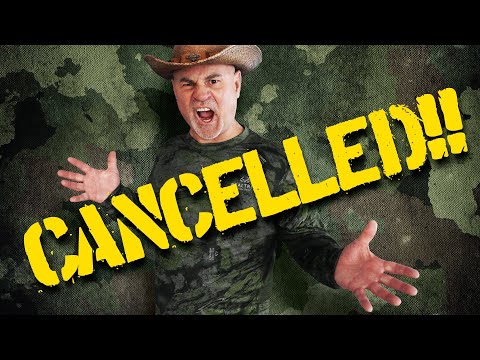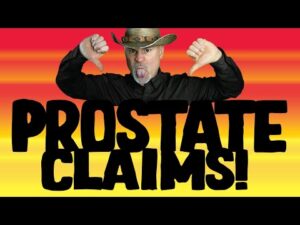From Alphabet Soup to Clarity: Making Sense of the VA’s Language in Today’s Government
4 min read
The Department of Veterans Affairs (VA) is the second largest government agency in the United States, providing a wide range of benefits and services to veterans and their families. With such a vast reach and impact on the lives of millions of people, it’s no surprise that the VA has its own unique language and terminology. However, for those not familiar with the inner workings of this complex organization, navigating through its jargon can feel like trying to decipher an alphabet soup.
In recent years, there have been efforts within the VA to improve clarity and simplify their language in order to better serve veterans and increase transparency. In this document, we will explore some common terms used by the VA and break them down in a way that is easier to understand.
VA: What does it stand for?
The acronym "VA" stands for the Department of Veterans Affairs. It was established in 1930 and has since evolved into an organization with over 300,000 employees, making it the second largest federal agency behind only the Department of Defense.
Despite its name, the VA is not just one entity but rather a collection of multiple offices, departments, and administrations all working towards providing services and benefits to veterans.
VHA, VBA, NCA: Decoding the VA’s Sub-agencies
Within the VA, there are three main sub-agencies responsible for different areas of service:
Veterans Health Administration (VHA): This sub-agency is responsible for providing healthcare services to veterans. It operates a network of hospitals, clinics, and other medical facilities across the country.
Veterans Benefits Administration (VBA): The VBA is in charge of managing and administering benefits such as disability compensation, education assistance, and home loans for veterans and their families.
National Cemetery Administration (NCA): As the name suggests, this sub-agency oversees the national cemeteries where eligible veterans can be buried with military honors.
VA Claims: What are they?
Claims refer to requests made by veterans or their families for benefits or services from the VA. These claims can include disability compensation, pension, education assistance, and more. In order to receive these benefits, veterans must submit a claim to the VA and provide evidence of their eligibility.
Service-connected: Understanding Disability Compensation
One of the most common types of claims made by veterans is for disability compensation. This refers to financial assistance provided by the VA to compensate for any injuries or illnesses that occurred during military service.
In order for a condition to be considered service-connected, it must meet three criteria:
It was incurred or aggravated during active military service
It is at least 10% disabling
There is a connection between the current condition and the veteran’s military service
Rating: How do disabilities get rated?
When a veteran applies for disability compensation, their condition is evaluated by the VA and assigned a rating percentage. This rating reflects the severity of the disability and determines the amount of compensation they will receive.
Ratings can range from 0% to 100%, with higher percentages indicating more severe disabilities. In some cases, veterans may be eligible for additional benefits if their disability is rated at 30% or above.
Appeals: What happens if my claim is denied?
Unfortunately, not all claims are approved on the first try. If a veteran’s claim for benefits or services is denied, they have the right to appeal the decision.
The appeals process can be complex and lengthy, but there are resources available to help veterans navigate it. This includes legal assistance from organizations such as the Disabled American Veterans (DAV) and the American Legion, as well as support from VA accredited representatives.
Navigating through the language of the VA can be overwhelming at times, but understanding key terms and concepts can make a big difference in accessing the benefits and services that veterans have earned. By breaking down complex terminology and processes, we hope to promote clarity and transparency within this important government agency.
As always, thank you for your service to our nation. So let’s continue to strive towards better communication and understanding between veterans and the VA. Together, we can bridge the gap from alphabet soup to clarity and ensure that our veterans receive the support and care they deserve. So whether you are a veteran, a family member, or someone simply interested in learning more about the VA, let’s keep the conversation going and work towards creating a better future for those who have served our country. 🔶 Helpful resources for disabled veterans
————————————————
🔵 If you are looking for a Nexus Letter for Mental Health and all other Medical Conditions, contact my med team at http://www.combatcraig.com
🤠 Sign up for Boot Camp http://www.combatcraig.com






